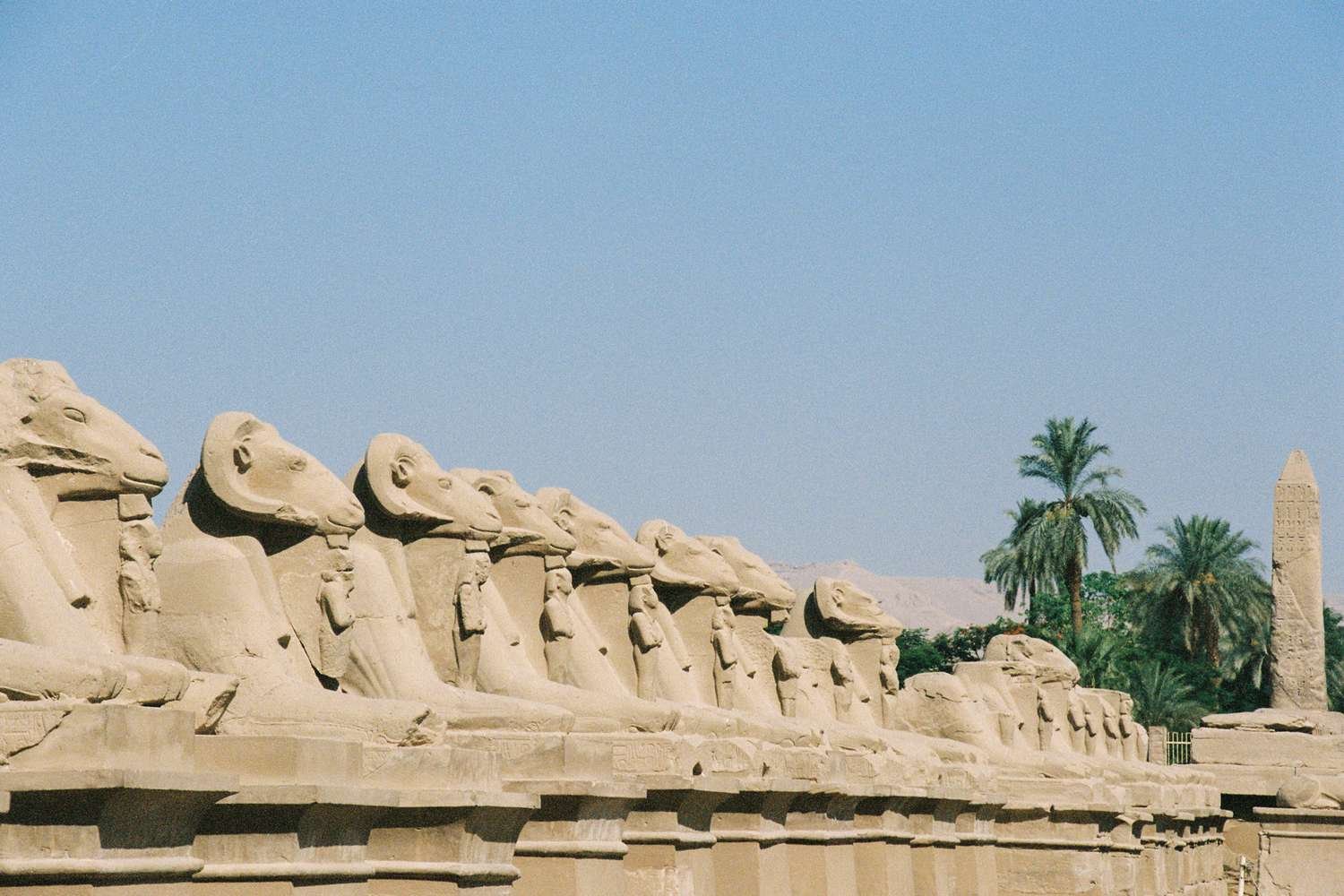Why in-the-know travelers are flocking to a chic hideaway in Luxor, once the capital of ancient Egypt.
The houses in Luxor stretch toward the sky, full of endless optimism. From their rooftops, brick columns climb upward, topped with rebar like eager sprouts waiting for the next floor. Homeowners here don’t pay taxes on unfinished buildings, and many hold onto hope that a sudden fortune might let them add another level. Back in 1570 to 1069 B.C., this was Egypt’s capital, where every new pharaoh kicked off fresh construction in its vast temple complex. For five hundred years, it was the heart of a thriving civilization. Now, with a fresh wave of tourists, the city keeps expanding.
In its golden age, Luxor was called Wase—the city of the scepter. It was said to be home to Amon, king of the gods, along with his devoted cult. The Greeks later renamed it Thebes, possibly twisting the name of a local temple. These days, we know it as Luxor, from the Arabic Al-‘Uqsur, meaning “the palaces.” My guides claimed that the word luxurious actually comes from Luxor. If that’s true, the wide Nile-side boulevards and traces of extravagant, wine-fueled festivals—complete with rest stops for revelers—would certainly explain why.
The pharaohs never stopped adding to their temples for Amon, leaving behind the awe-inspiring Luxor and Karnak complexes on the Nile’s east bank. The Colossi of Memnon are just as striking—though graffiti mistakenly linked them to the Greek god Memnon instead of Pharaoh Amenhotep III, who had them built in his likeness around 1350 B.C.
[Pair of photos from a Luxor hotel: one showing courtyard tables, the other a pool with loungers.]
From left: The courtyard restaurant at Al Moudira, a boutique hotel outside Luxor; the hotel’s pool.
Chris Wallace
Like many rulers of his dynasty—including his famous grandson Tutankhamen—Amenhotep III was buried west of Luxor in the limestone cliffs of the Valley of the Kings, a site known to travelers since at least the time of Christ. These ancient wonders have drawn visitors for centuries, from early Greek tourists to Emperor Hadrian in the second century, all the way to Roger Moore, who filmed The Spy Who Loved Me here in the 1970s.
But the most famous fictional visitor might be Hercule Poirot, who stayed at the grand Winter Palace hotel before boarding a steamship in a TV version of Agatha Christie’s Death on the Nile. Christie’s tales have been kinder to tourism than time has been to her settings—the Winter Palace and its gardens are shadows of their former glory, though rumors say new ownership may bring a revival. It’ll need it to compete with the ambitious Four Seasons going up next door. A new highway and Nile bridge, built since the pandemic, add to the city’s upward momentum.
Post-COVID travel demand, plus excitement for the Grand Egyptian Museum in Giza (finally opened in late 2024), made Egypt one of the world’s hottest destinations last year. With recent fears of Gaza’s conflict spilling over easing, visitor numbers are expected to climb even higher in 2025.
If Poirot returned today, he’d find the modern-day adventurers—like me, cruising the Nile from Luxor to Aswân—staying on the river’s west side. Just past sugarcane fields sits Al Moudira, Arabic for “the boss,” a nod to its founder, Zeina Aboukheir. The Lebanese-born artist began building this stunning adobe retreat in 1999 on what was then desert. Today, it’s a magnet for artists, musicians, and writers who gather by the pool, in courtyard gardens, or the tiled dining room for Nile perch, moussaka, and my latest obsession: their creamy tomeya garlic dip.
[Pair of photos: one of a hotel entrance, another of temple columns.]
From left: The entryway at Al Moudira; columns at the Temple of Khnum, south of the city.
Chris Wallace
Fashion designer Rick Owens, who named his fall 2023 collection “Luxor” and winters here, is a regular. “It’s the closest thing to Chateau Marmont in the late ’80s,” he told me. “Unassuming yet grand.”
Al Moudira also has expert guides. My tour with Ahmed Hammam was unforgettable—past the Colossi to the Valley of the Kings, through Luxor Temple, ending on the Avenue of the Sphinxes, a two-mile path lined with remnants of a thousand statues. Today, only ticket holders can walk the most famous stretch.
From there, Luxor’s sandstone pylons reached into the open sky, timeless in the dusty, pearlescent light. Men in flowing djellabas hauled bundles of bright green sugarcane on donkey carts or motorcycles. Women in candy-colored scarves watched from decorated tuk-tuks. And tourists zipped by in horse carriages or air-conditioned vans, dreaming of Nile journeys or wandering—luxuriously—through history.
*A version of this story first appeared in the May 2025 issue of Travel + Leisure under the headline “Style on the Nile.”*

Leave a Reply